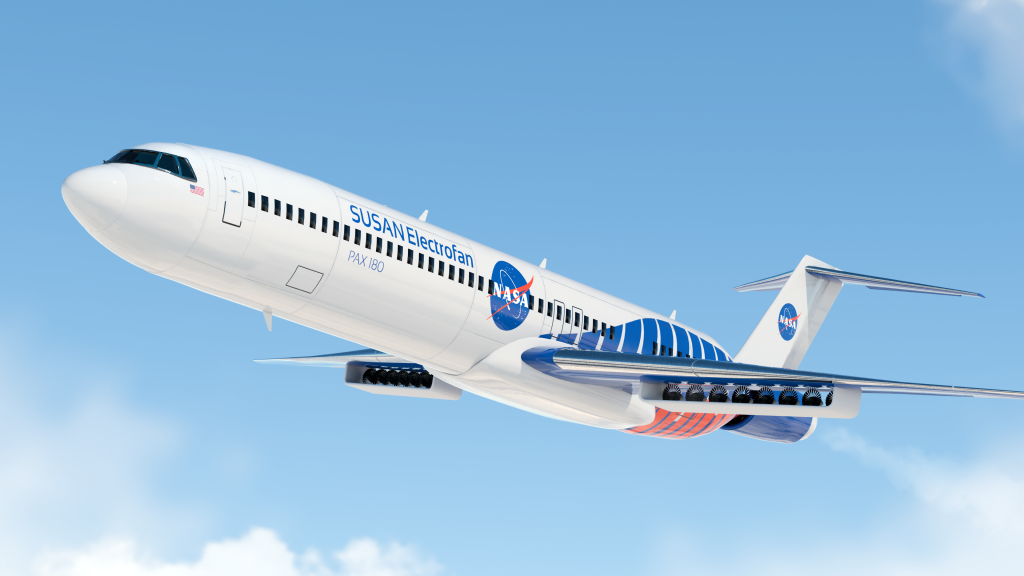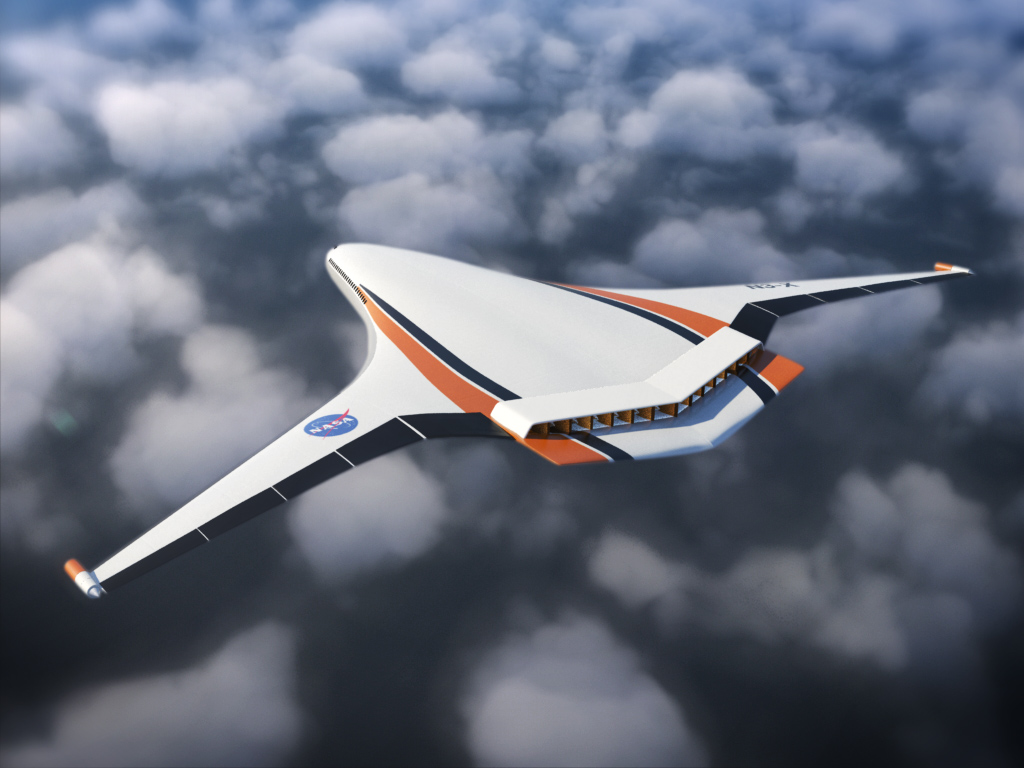Gray Creech of NASA’s Dryden Flight Research Center can remember August 2, 1985, as if it was yesterday.
On that day 25 years ago the public affairs specialist was a young U.S. Air Force airman heading home on leave to North Carolina, flying out of Dallas Fort Worth International Airport.
“I was looking out my window, sitting at the end of the runway aboard the second airplane lined up to take off,” said Creech. “I had a window seat and was looking out the window when I noticed some really, really black thunder clouds at our end of the runway. Then I saw orange, extremely bright orange, light. My brain didn’t register what I was seeing.”
What Creech saw was Delta Flight 191 as it crashed on landing.
“It was like a slow motion thing. There was the initial fireball, but then as the airplane rolled over, breaking apart and slowing down, the fire caught up with it and enveloped it,” added Creech. “It all came to a halt directly even with my window, across the other side of the runway in the grass. As soon as the movement stopped, the rain hit. It was like a wall of rain and the fire quickly became a smoke ball, black and white smoke mixed.”
“I remember our pilot coming over the intercom and saying something to the effect — ladies and gentlemen, there has been a tragedy and I’m sorry, but we can’t return to the terminal and let anyone deplane,” said Creech.
“Of course that was the last thing any of us wanted to hear, because anybody who saw that wasn’t wanting to stay on their plane and go flying. I know I didn’t.”
One hundred and thirty four people of the 163 on board the Delta Lockheed L-1011 and one person on the ground died that day, in part because of a powerful thunderstorm microburst-induced wind shear, a rare but potentially deadly downdraft.
Dave Hinton, now the deputy director of the Aeronautics Research Directorate at NASA’s Langley Research Center, also remembers that accident vividly. He and a team of researchers studied it for years as part of their efforts to help develop predictive wind shear radar, a technology that is now standard on all airliners.
“That [Dallas] microburst has been modeled extensively,” said Hinton. “It was very strong as microbursts go — at the top of the range and a mile and a half to two miles in diameter. That would be easily detectable with the technologies that are out there today.”
The Dallas accident, one of three fatal wind shear events in the 70s and 80s, was the catalyst for the invention of those technologies. Within months a government/industry/academia partnership started attacking the problem of wind shear from all sides.
“It was a tremendously productive cooperation between multiple agencies and companies,” said Hinton. “We advanced the state of the art from basic knowledge of a meteorological phenomena to developing well-defined system requirements for on-board sensors and crew procedures.”
Hinton was part of the NASA team that took to the skies in search of some of those answers. The team flew on a Langley-based Boeing 737 aircraft, equipped with airborne Doppler radar and forward-looking infrared sensors, and went looking for storms near Denver, Colo., and Orlando, Fla. Crews on the ground, from MIT Lincoln Labs and the National Center for Atmospheric Research (NCAR), staffed ground-based radars to help them find events quickly.
“We flew over a two-year period and penetrated on the order of some 70 microbursts, starting with very weak ones and working up to stronger ones,” added Hinton. “We validated the models for the sensors, proving that they do in fact work as we intended.”
NASA worked very closely with the Federal Aviation Administration and companies interested in building systems during the seven-year wind shear research program.
“They followed the technology development and as a result provided the credibility and basis for certification,” said Hinton. “That meant that within two to three years of our wrapping up the project there were certified systems available.” Those airborne systems, better ground-based radar and improved pilot training have now virtually eliminated U.S. airliner wind shear accidents.



































